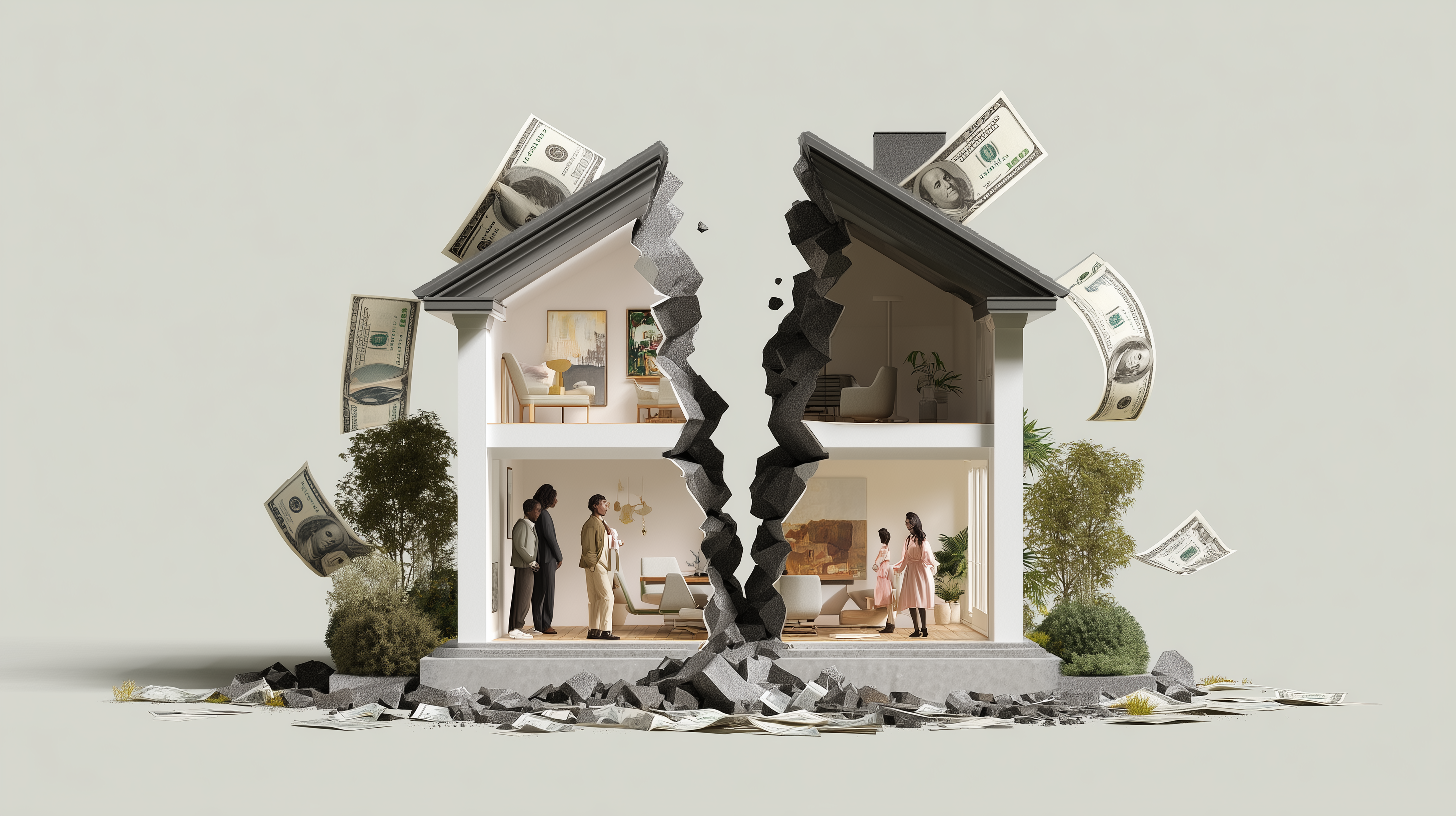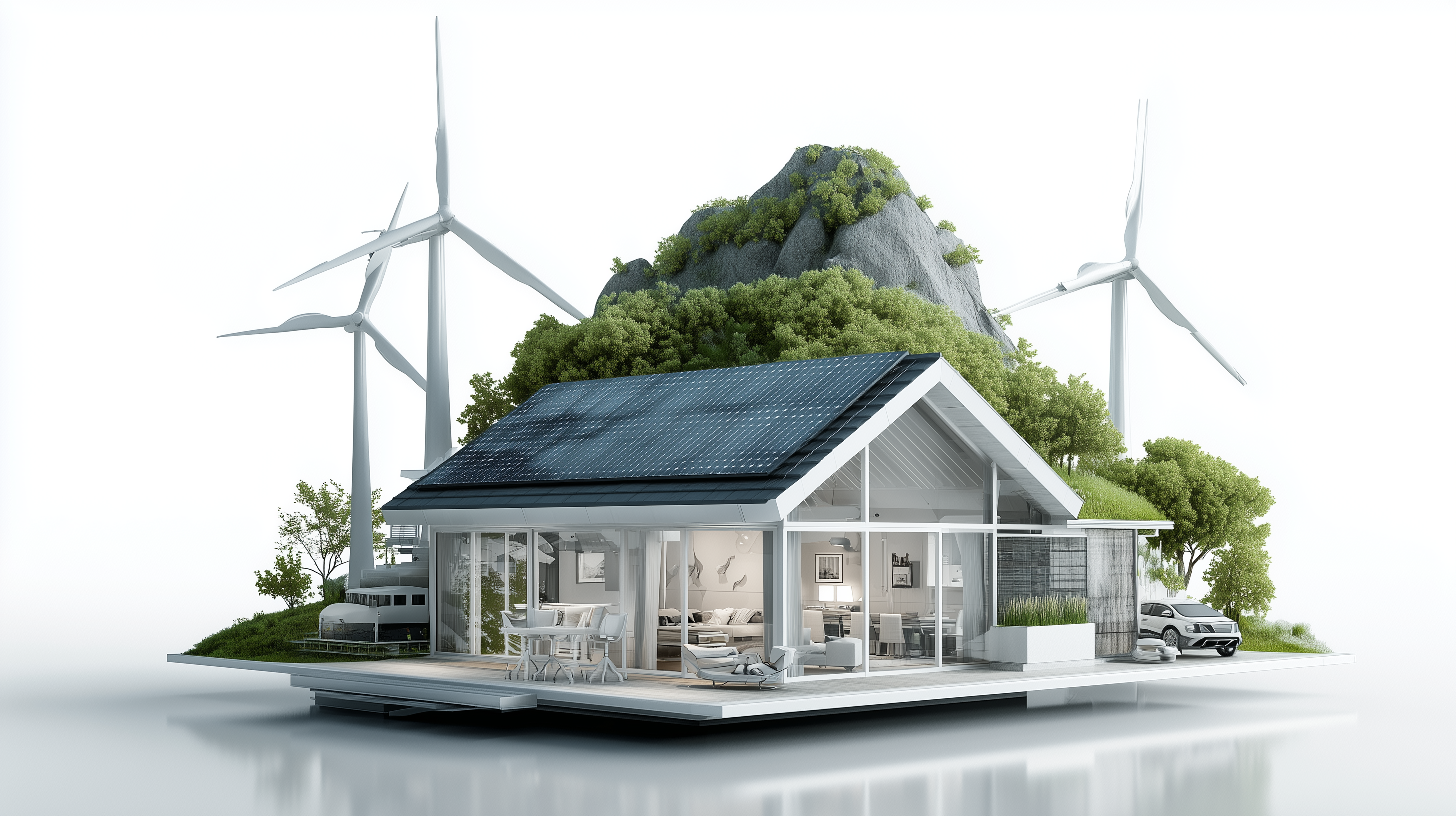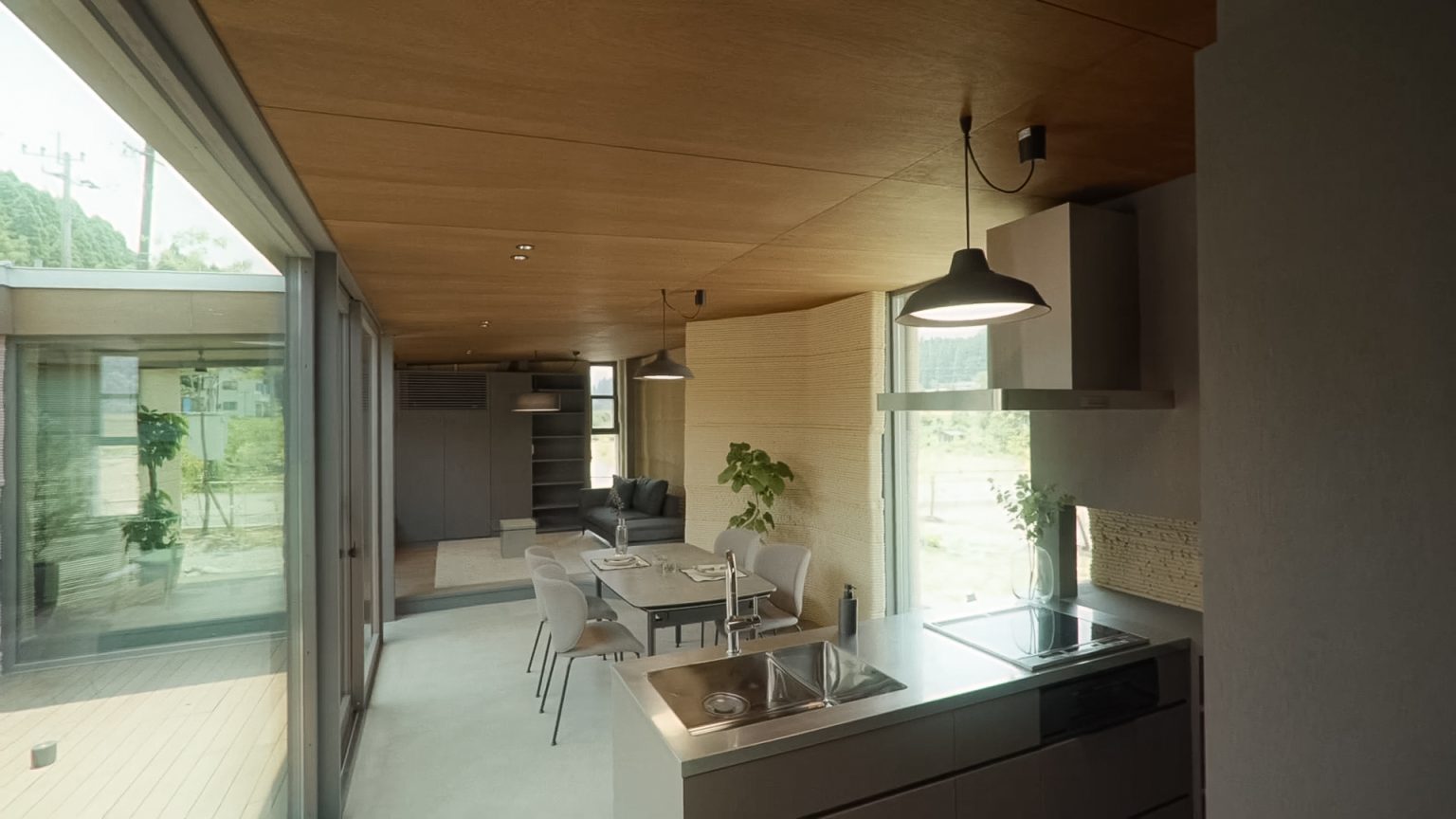By Futurist Thomas Frey
For more than half a century, homeownership has been the beating heart of the American Dream. A house with a yard, a white picket fence, and the stability of ownership symbolized progress, security, and belonging. But for a growing share of young Americans, that dream is no longer attainable. It’s not just slipping away—it’s collapsing into something unrecognizable.
The numbers paint a stark picture. The median U.S. renter is now 42 years old, up from 36 in 2000. Nearly half of Americans in 2025 cannot afford to buy a home. Among them, 51% are Millennials and 18% are Gen Z. Perhaps even more telling: 1 in 3 Americans no longer see homeownership as part of the American Dream. For the first time in history, a cultural ideal once seen as universal is fading in real time.
Continue reading… “The Housing Dream Is Dead for Young Americans”












